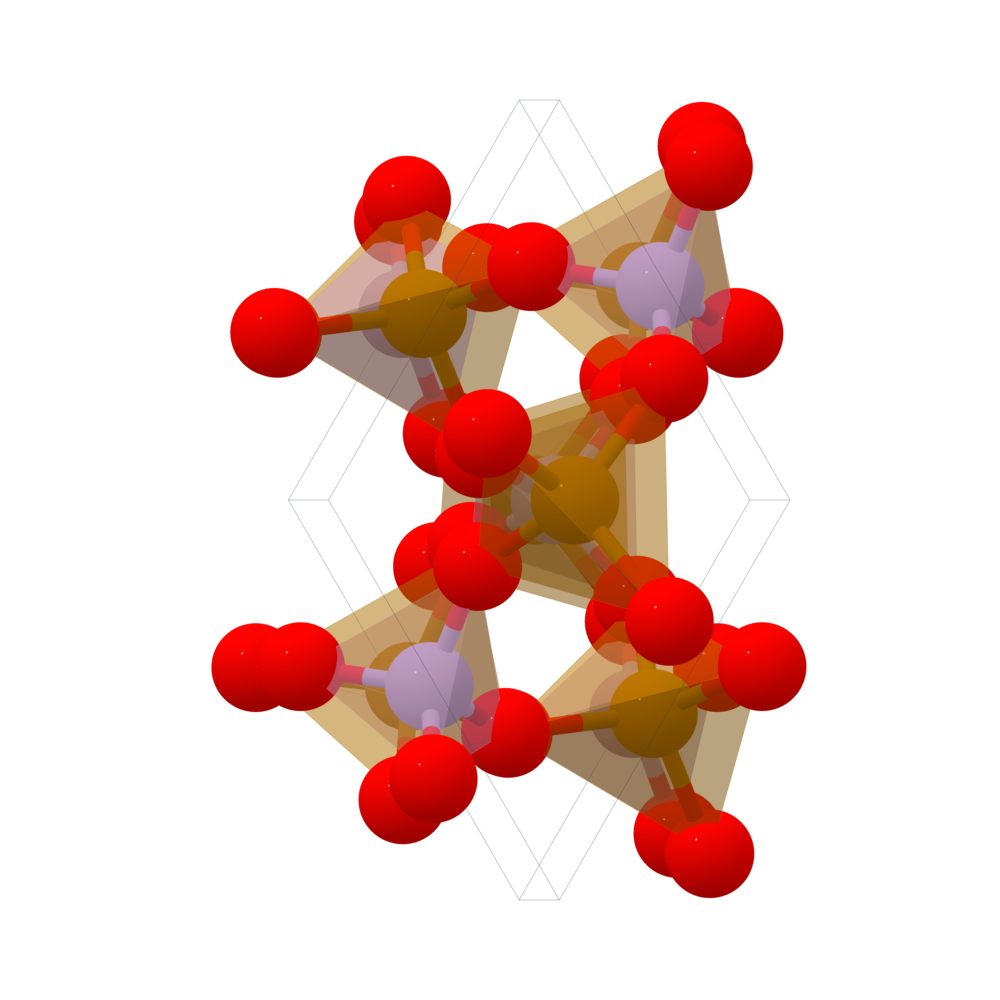Cathode
Pouch Cell Design
- Led a 12-member cross-functional corrective action team to determine the underlying root causes of failing baseline cells using an 8D framework
Cathode Processing & Production
- Published internal report detailing quantified differences in mean and standard error of 14 physical and electrochemical electrode properties across two suppliers using JMP
- Addressed discrepancy between internal and external Korean supplier cathode thickness measurements by replacing internal equipment and improved thickness accuracy by 3%
- Created a set of 67 technical specifications and tolerances to act as the primary external QC document for our cathode coating partners and internal reference for our incoming quality control team
- Prevented the rejection of a $130,000 shipment of cathode material by harmonizing discrepancies between quality control instruments used in external and internal quality control processes
- Determined drying temperature of cathode coating on a polymer current collector that minimized moisture content with negligible polymer degradation and binder migration
- Collaborated with process R\&D on measurement development and gauge R\&R analysis of cathode thickness and peel strength
Cell Materials Characterization
- Led task force to improve sample preparation and characterization methods to provide deeper insight into lithium metal plating and stripping mechanisms in LHCE-electrolyte based systems
Cathode Degradation
- Developed dQ/dV peak tracking Python script to determine the extent of NMC cathode degradation via decreasing height of the H2-H3 peak
Cathode Electrode Characterization
- Elucidated the impact of carbon nanotubes on the porous structure of cathode electrodes via BET, helium pycnometry, and mercury intrusion porosimetry
- Analyzed electrode-level cathode properties, including porosity and tortuosity, in conjunction with several electrolyte compositions, (and FSS parameters) to improve bulk wetting and interfacial transport properties
- Guided method development of cathode electrode porosity and tortuosity via EIS and pycnometry
Cathode Material Evaluation
- Developed phase-gate material system to evaluate eight cathode active materials for next-generation cathode electrode formulation
Technical Partnerships
- Coordinated technical partnership to evaluate the effectiveness of an artificial CEI via coin cell cycling and postmortem analysis of the cathode surface via SEM and XPS
Learning and Mentorship
- Contributed to instructional learning module, “Introduction to Lithium Metal Batteries”, for Northvolt company-wide learning platform
Lab Equipment Management
- Coordinated selection, purchase, and installation of $30,000 Karl Fischer titrator
- Established an in-house powder processing facility to reduce operating costs by $40,000 and reduce turnaround time on novel insulator materials by 50%

Source: https://next-gen.materialsproject.org/materials/mp-19109
Computational Modeling of Li Cathode Materials
Lithium ion batteries are ubiquitous in powering our world, ranging from mobile phones to grid-scale energy storage. With exponential growth in energy storage applications, there is a demand for novel battery chemistries to increase energy density and cycle life. Computational modeling of these materials greatly reduces the time and resources necessary to further battery development. This work focused on modeling the defect chemistry of Li cathode materials using atomistic siumulations to gain insight into new cathode materials for batteries.
Principal Investigator | Sanghun Lee, Gachon University (가천대학교)
